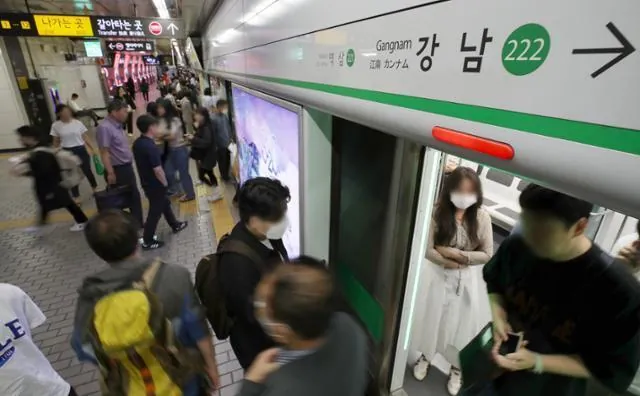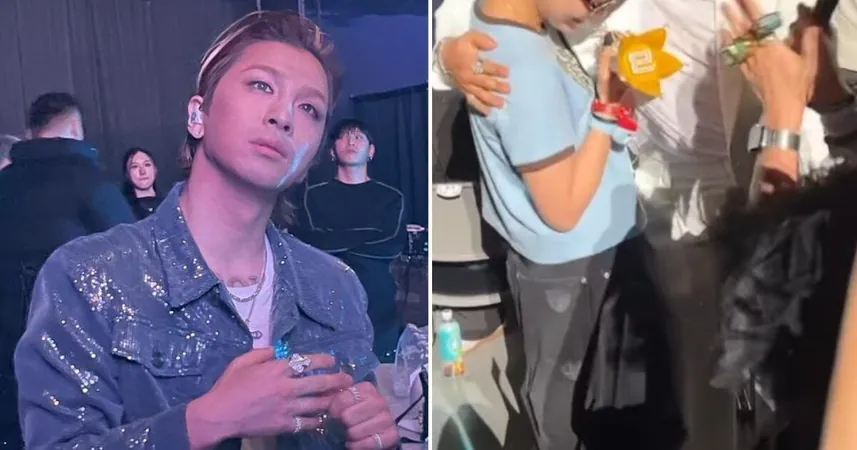
Seoul Metro Hits the Jackpot with $11.4 Million from Subway Station Naming Rights!
2024-09-29
Seoul Metro's Innovative Strategy
In a trailblazing move that's turning heads, Seoul Metro has reportedly generated a staggering 15 billion won (approximately $11.4 million) in revenue over the past four years by selling naming rights to its subway stations. This innovative strategy not only bolsters their finances but also adds a unique twist to the identity of Seoul's bustling metro system.
Gangnam Station: The Crown Jewel
The crown jewel of this lucrative venture is none other than Gangnam Station, which has embraced the alternative name "Haru Plant Dental Clinic" under a lucrative contract worth 1.11 billion won. Who knew dental clinics could be so profitable in the land of K-Pop and high-tech innovation?
A Unique Experiment in Urban Branding
Since embarking on this creative endeavor in 2016, Seoul Metro has auctioned off naming rights to help alleviate financial strains. Currently, 39 out of the 276 stations on the subway lines from 1 to 8 are sporting these alternative names, which are displayed in brackets alongside the original station titles. The contracts last for three years with the potential for one extension, making this an interesting and potentially profitable experiment in urban branding.
Eligibility and Competition
To qualify for naming rights, businesses must be located within a 1 km radius of the desired station and propose a name that is both fitting and appropriate for a public environment. With keen competition among local businesses, the highest bidder takes the crown—literally renaming a piece of public infrastructure.
Notable Contracts and Revenue
Hot on Gangnam’s heels, Seongsu Station garnered attention with a 1 billion won deal for "CJ Olive Young," while Euljiro 3-ga Station and Euljiro Entrance Station followed closely with contracts of 874.5 million won (Shinhan Card) and 800 million won (Hana Bank), respectively. Notably, the top ten earnings also include trendy spots like Yeoksam Station (Center Field at 705 million won) and iconic Myeongdong Station (Woori Financial Town at 654.66 million won).
Conclusion
As this initiative continues to flourish, it's a fascinating case study of how cities can harness commercial partnerships to enhance public transport revenues while providing branding opportunities for local businesses. Who knows? This could set a precedent for other urban centers worldwide. Keep an eye on how this trend evolves as more businesses vie for their place on Seoul's subway map!



 Brasil (PT)
Brasil (PT)
 Canada (EN)
Canada (EN)
 Chile (ES)
Chile (ES)
 España (ES)
España (ES)
 France (FR)
France (FR)
 Hong Kong (EN)
Hong Kong (EN)
 Italia (IT)
Italia (IT)
 日本 (JA)
日本 (JA)
 Magyarország (HU)
Magyarország (HU)
 Norge (NO)
Norge (NO)
 Polska (PL)
Polska (PL)
 Schweiz (DE)
Schweiz (DE)
 Singapore (EN)
Singapore (EN)
 Sverige (SV)
Sverige (SV)
 Suomi (FI)
Suomi (FI)
 Türkiye (TR)
Türkiye (TR)